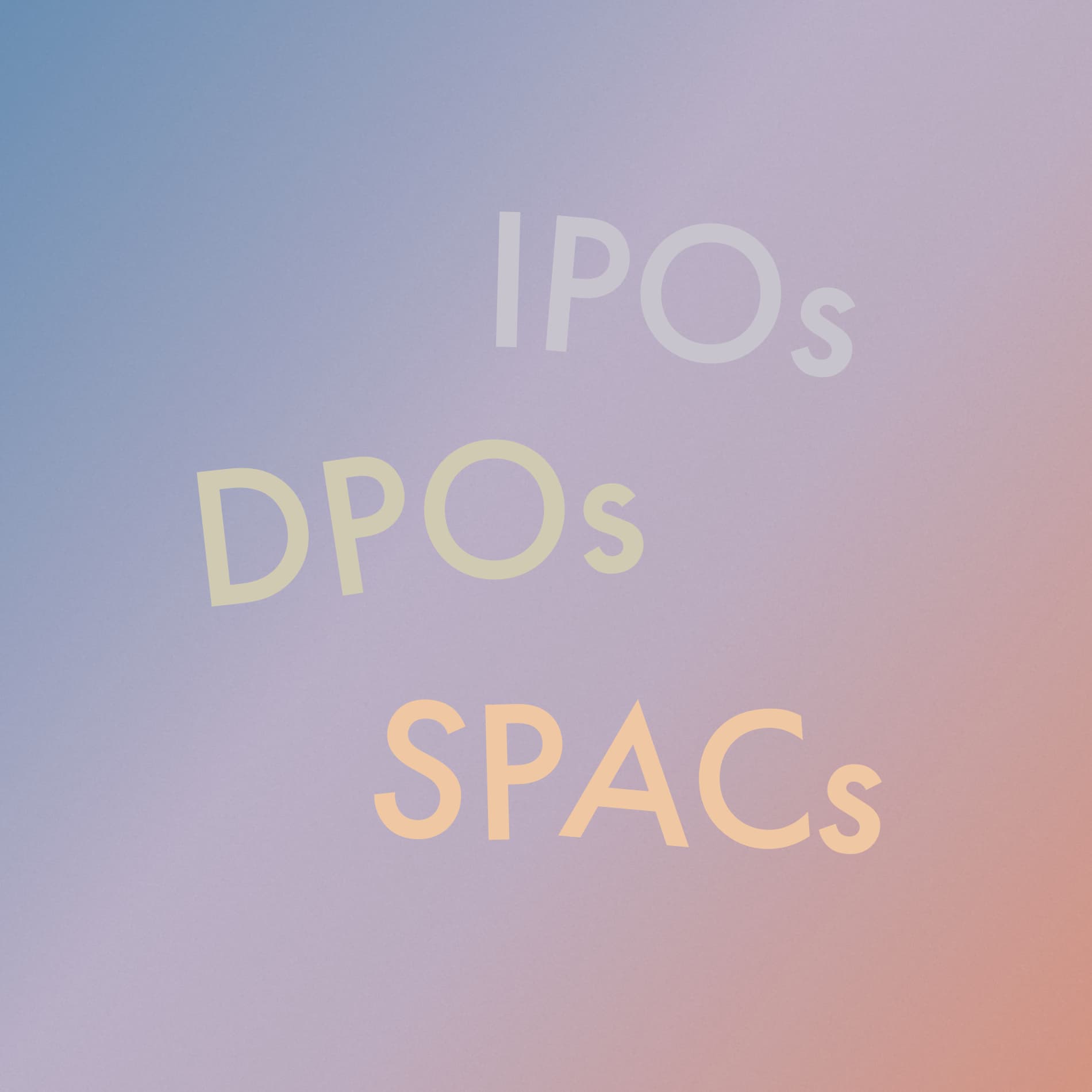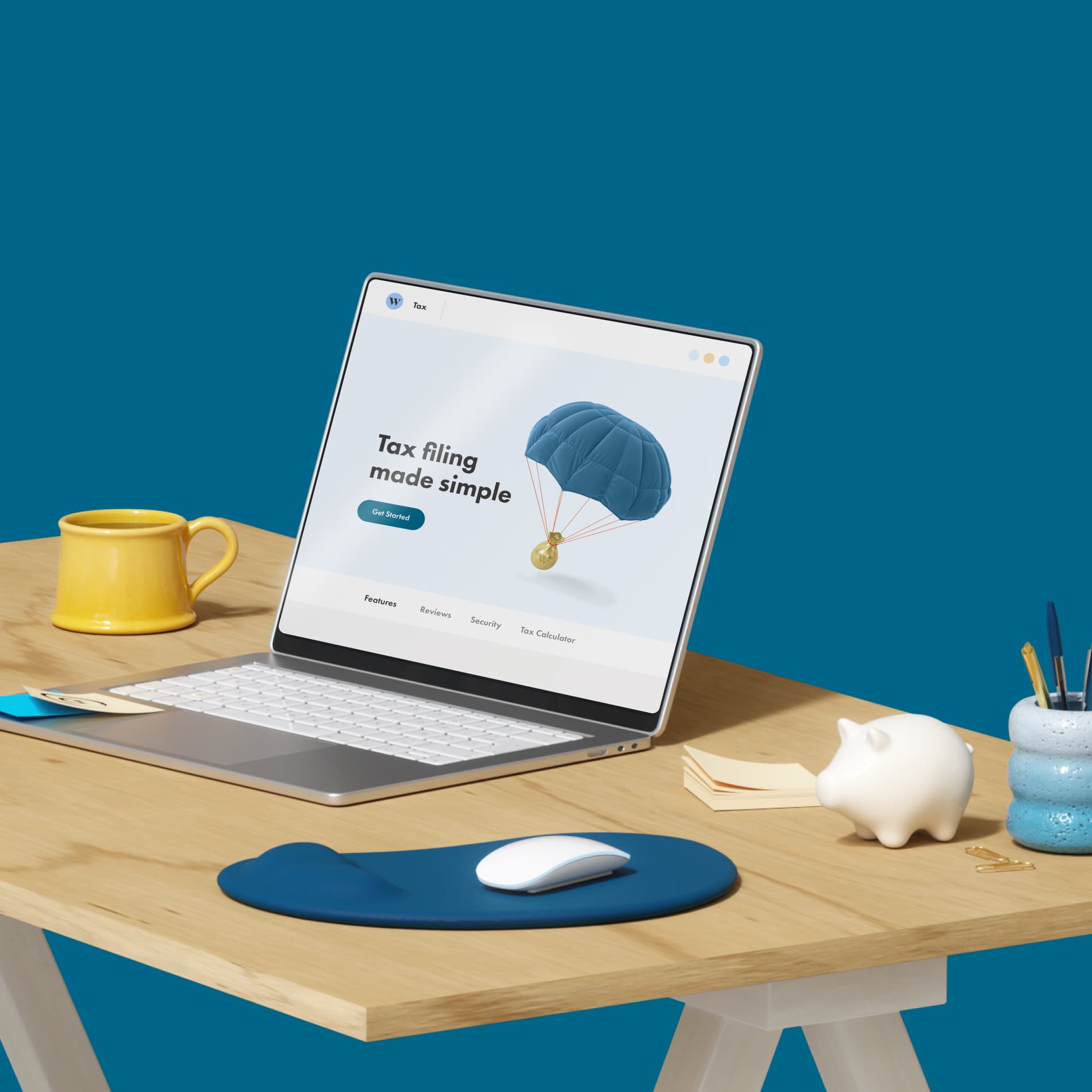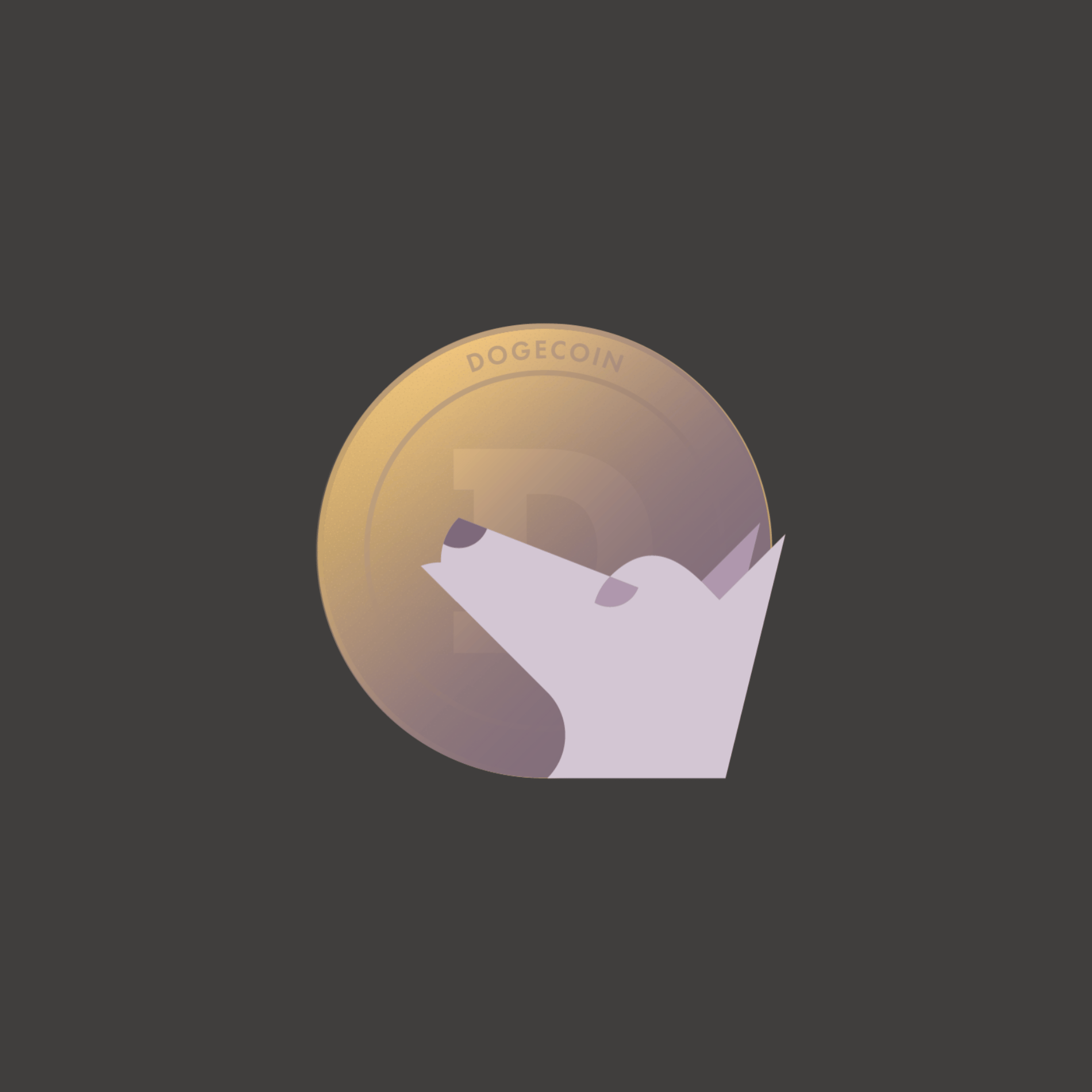Finance for Humans
You May (Still) Have to Pay Taxes on COVID-19 Benefits
And six other things you need to know to do this tax season right.
Wealthsimple makes powerful financial tools to help you grow and manage your money. Learn more
We’ve said it before, but we’ll say it again — 2021 was a year. So was 2020, of course. But 2021 was definitely a year. And now it’s 2022 and here we are again, facing another pandemic tax season. That means we’re all going to have to navigate another more-complicated-than-normal tax situation. Lucky for you, we spoke to Wealthsimple’s in-house tax pro Caroline Corbeil and created a handy list of the major things you need to know to file your 2021 personal income taxes. (We have some really simple software that can help.)
Fair warning: this guide focuses on pandemic-related benefits — but there are other basic tax credits and exemptions available at the federal and provincial levels that have nothing to do with COVID-19.
Anyway, let’s get to it.
Taxes 101 and why you should file them
We suggest taking a look at our previous article on why you should file your taxes, but the TL;DR version is:
Personal income taxes are based on your income.
If you file your income tax, there’s a good chance you’ll get a tax refund.
If you don’t file (and you owe money), you will be hit with penalties.
If you don’t file (and you don’t owe money), you’re missing out on that refund.
If you can’t pay your income tax, the Canada Revenue Agency (CRA) will work with you on a payment plan.
COVID-19 benefits, and how they’re taxed
Many of 2020’s pandemic-related benefits ran out in 2021. (RIP, CERB and CRB.) Others have been updated, and others still have been extended into mid-2022.
Canada Recovery Benefit (CRB)
As you may recall, the Canada Recovery Benefit (CRB) replaced the Canada Emergency Recovery Benefit (CERB) in 2021, the latter of which lasted until October 23, until it too was replaced. (We’ll talk about that in a minute.) The CRB program was for folks whose work was affected by COVID-19, and payment could be received so long as the recipient a) qualified and b) wasn’t receiving Employment Insurance. CERB paid out $2,000 per month (or $1,000 every two weeks) to Canadians who qualified. After the 2021 budget, the program was extended but the benefit shrank to $600 every two weeks.

Sign up for our weekly non-boring newsletter about money, markets, and more.
By providing your email, you are consenting to receive communications from Wealthsimple Media Inc. Visit our Privacy Policy for more info, or contact us at privacy@wealthsimple.com or 80 Spadina Ave., Toronto, ON.
OK, so let’s remember those numbers and look at how CRB will be taxed. One sort of nice thing that the Canada Revenue Agency (CRA) did was withhold 10% from CRB payments as a partial tax from each payment doled out. So if you qualified for the original amount ($2,000), you actually received $1,800 every month. If you qualified during the extension, you got $1,080 a month.
Easy enough, right? Here’s the confusing part: you’ll have to pay back 50 cents of every dollar in net income that you earned over $38,000, minus the amount you got from the CRB program. (We explain the math here.)
Here’s the tax alert! Just like last year, the amount you may have to repay won’t be included in your taxable income but will be incorporated into your total amount payable and reconciled on your T1 tax return. That means you need to do a little math — and also keep track of your 2021 income and put aside money in case you have to repay some of the CRB.
Canada Worker Lockdown Benefit (CWLB)
After CRB ended, the federal government introduced the Canada Worker Lockdown Benefit (CWLB). It gives $300 a week to people who can’t work owing to location-specific lockdowns between October 24, 2021, and May 7, 2022. Just like with the CRB, 10% is withheld from each payment, so if you qualify, you get $270 a week. The CRA has said that there might be an adjustment at tax time — so the amount taxed will depend on other factors, like your total income.
Here’s the tax alert! CWLB payments are considered income, so you’ll receive a T4A slip with any COVID-19 benefits you got in 2021 (which you can easily import using Wealthsimple Tax, cough cough) or it’ll be in your CRA My Account.
Canada Recovery Sickness Benefit (CRSB)
We’ve talked about this before, because the Canada Recovery Sickness Benefit (CRSB) has been around since September 2020 and runs until May 7, 2022. But, here’s a quick refresher anyway on the eligibility requirements:
If you can’t work for at least 50% of the week because you have COVID-19.
You’re self-isolating due to COVID-19.
You have underlying conditions, are undergoing treatment, or are ill with something that a medical professional has said would make you more susceptible to COVID-19.
You’re not receiving paid leave from your employer for the same period.
Recommended for you

10 Books That’ll Teach You Everything (Or at Least a Lot) About Money
Finance for Humans

What You Really Need to Know About IPOs
Finance for Humans

Markets Have Been Bananas. Is It Time to Hold Defensive Stocks?
Finance for Humans

Nervous About Overheated Stocks? Let’s Revisit Four of Our Best-Ever Insights
Finance for Humans
If you qualify, the CRSB will give you $500 a week up to a maximum of six weeks.
Here’s the tax alert! Like the other benefits, it’s partially taxed when paid out, so you’ll actually receive $450 per week and, yes, it’s considered income, so you’ll receive a T4A slip listing how much you got in CRSB payments. And since CRSB payments are considered income, they’ll be taxed as such.
Canada Recovery Caregiving Benefit (CRCB)
This is another benefit that’s being carried over from 2020, and it’ll run until May 7, 2022. The CRCB gives $500 a week to people who miss at least half of their work in a given week owing to caregiving duties. That means taking care of a child under the age of 12 or a family member who needs supervised care. And there are two other requirements. First, the caregiving needs to be because daycares, care facilities, or schools are closed due to COVID-19. Second, the child or family member also needs to be sick, needs to be quarantined, or needs to be at high risk of health complications should they get COVID-19. The benefit can be used for up to 44 weeks.
Here’s the tax alert! This benefit is also partially taxed, so 10% is withheld from each payment, which means you’ll get $450 per week. Yes, it’s also considered income, and, yes, you’ll get a T4A tax information slip.
The simplified Employment Insurance (EI) program
Employment Insurance is a non-pandemic benefit — it’s money people can access if they’re laid off, or meet other conditions that make them unable to work. But with the simplified EI program, the benefit is easier to access and provides more support, and it was extended for a year as of September 2021. Workers need the same amount of insurable hours — 420 — to qualify for EI benefits no matter where they live (although the number of weeks of income support does depend on each region’s unemployment rate).
File for $0
WEALTHSIMPLE TAX
File for $0
Enjoy doing your taxes. Seriously. Your maximum refund is guaranteed.

Here’s the tax alert! You guessed it: EI benefits are considered income so you’ll get a T4E slip known as the Statement of Employment Insurance and Other Benefits.
Other Benefits
That’s it for taxable pandemic-related benefits that you may need to consider when you file. We did want to take a quick moment to point out a couple of non-taxable benefits.
Canada Workers Benefit (CWB)
This is yet another benefit that has been updated and extended beyond 2021: the CWB provides a refundable tax credit to help Canadians who are working but earn a low income. The program expanded eligibility to people making the following incomes:
$32,244 for single individuals, without kids.
$42,197 for families (which includes single parents and couples with or without children).
If that’s you, you’re now eligible for a tax credit of:
$1,395 for workers who are single and don’t have kids.
$2,403 for workers with families.
(*The income thresholds are different if you live in Alberta, Quebec, or Nunavut; you can view those here.)
There are other benefits that you can claim when you file your taxes, like the Goods and Services Tax/Harmonized Sales Tax (GST/HST) Credit, the Canada Child Benefit, and the Guaranteed Income Supplement for low-income Canadians 65 and over. You have to file your taxes to get these benefits.
OK, that’s it! Those are all the new(ish) pandemic-related benefits you need to keep in mind when you file your 2021 taxes. Speaking of, you’ll be able to file your taxes beginning this month — and remember, the earlier you file your taxes, the faster you’ll get your refund, provided you’re eligible. If you’re eager to start filing, Wealthsimple Tax is ready to help, so grab your slips. Filing taxes yourself probably is way less confusing and awful than you think.
Renee Sylvestre-Williams is a finance and money journalist who covers the topic for the Globe and Mail, Ontario Securities Commission and MoneySense. She is also the creator of The Budgette, a newsletter focused on sole earner finances.
The content on this site is produced by Wealthsimple Media Inc. and is for informational purposes only. The content is not intended to be investment advice or any other kind of professional advice. Before taking any action based on this content you should consult a professional. We do not endorse any third parties referenced on this site. When you invest, your money is at risk and it is possible that you may lose some or all of your investment. Past performance is not a guarantee of future results. Historical returns, hypothetical returns, expected returns and images included in this content are for illustrative purposes only.




